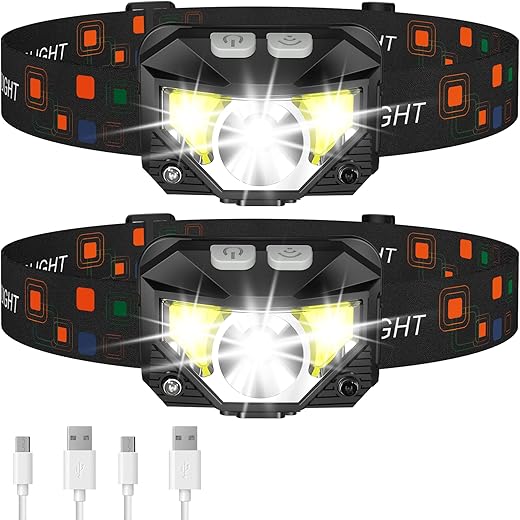
This guide offers a systematic approach to packing camping gear efficiently, highlighting the importance of organization for a successful outdoor experience. It outlines key steps to help you select essential items, maximize space, and minimize weight, ensuring that you have everything necessary for your adventure while avoiding clutter. By following the recommendations in this guide, you can achieve a well-organized packing strategy that enhances comfort and convenience during your camping trip.



Gather Your Gear
Collect all your camping gear in one spot. Gather your tent, sleeping bags, cooking equipment, food, clothing, and personal items. Spread everything out so you can see what you have—this will help you avoid packing your favorite frying pan while forgetting the actual food. Check off items on your list as you go to spot any missing essentials and ensure your adventure doesn’t begin with a pantry void!
Choose the Right Bags
Select appropriate bags or containers for your gear. Use waterproof bags for storing clothes and sleeping bags, because nobody wants soggy socks! Choose sturdy containers for cooking supplies to keep your pots and pans safe from rogue raccoons or the mysterious force of nature that likes to tip things over. Consider a backpack for short hikes and duffel bags for a lazy stroll to the campsite, or even a combination of both depending on how far you plan to trek and how much gear you insist on bringing. Don’t forget to check the weight, unless you enjoy feeling like a pack mule!
Prioritize Essentials
List essential items you’ll need right away, like your tent, sleeping gear, and cooking supplies. Pack these key items at the top of your pack or in easily reachable compartments so you can grab them without playing hide-and-seek with your gear. Ensure everything is organized, so when the sun sets and it’s time to cook up a feast or set up camp, you won’t be rummaging through a black hole of random stuff. Keep it simple and make your camping experience as hassle-free as a snack run in the fridge!
Use Compression Sacks
Pack your sleeping bags and clothing into compression sacks to reclaim precious space in your bags. Squeeze out that extra air like it’s a stubborn toothpaste tube, and watch your gear shrink down to a manageable size. Organize your items by color or type, making it easier to locate your favorite shirt when you’re rummaging around like a raccoon on a treasure hunt. Enjoy the newfound room; now you might even have space for that ridiculously oversized souvenir you didn’t need!
Pack Heavy Items First
- Load heavy items first, like cooking gear and food, into your bag or backpack.
- Place these heavier items at the bottom or closest to your back to maintain balance.
- Ensure the load is evenly distributed to avoid looking like a hunchback while walking.
- Adjust the straps tightly enough so your bag doesn’t sway like a dance partner with two left feet.
Fill Empty Spaces
Fill those empty spaces with smaller items like socks, toiletries, and snacks. Roll your socks into tight little bundles and tuck them into shoes or gaps in your bag. Stuff toiletries into those oddly-shaped corners where nothing else seems to fit, ensuring they’re sealed to avoid leaks. Pack snacks into every available crevice; nothing beats digging into a surprise snack at 30,000 feet!
Organize by Category
Group similar items together, like cooking utensils, food, and clothing. For your cooking utensils, gather spatulas, whisks, and ladles into one packing cube, so you’re not on a scavenger hunt while trying to whip up gourmet meals from a tiny camp stove. Stash your snacks and meals in ziplock bags, labeling them clearly so you know which bag holds those delightful cheese puffs versus the wheatgrass smoothie powder. Keep your clothes organized by rolling them up and packing them in another cube, ensuring you can grab your favorite shirt without unleashing a clothing avalanche every time you open your bag.
Double Check and Secure
- Perform a thorough search of your designated packing area. Look under chairs, in corners, and even behind the couch. You never know where that rogue sock or important gadget might be hiding!
- Check all pockets of your bags and clothes, because let’s face it, those mysterious side pockets love to keep secrets. Your missing snacks might be lurking there, along with a half-used tube of sunscreen!
- Secure your bags by zipping them all the way up, and buckle or clip any loose straps to avoid any embarrassing spills of your prized collection of keychains or that questionable leftover sandwich from last week.
- If you’re carrying larger containers, like coolers or boxes, use bungee cords or rope to keep them tightly shut. Nobody wants a surprise explosion of your favorite snacks all over the back seat—trust me, it’s not as fun as it sounds!
Maximize Space and Organization
In conclusion, efficient packing is like the campfire marshmallow of camping: it makes everything sweeter! By organizing your gear and strategically placing your items, you’ll transform your packing chaos into a smooth operation worthy of an outdoor adventure movie. So, let’s save the stress for the squirrels trying to steal your snacks and get out there to enjoy nature—preferably with a flawlessly packed bag! Happy camping! 🌲🏕️🔥
Essential Supplies List




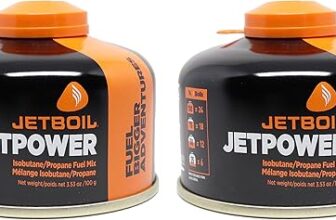
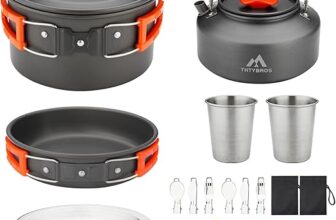
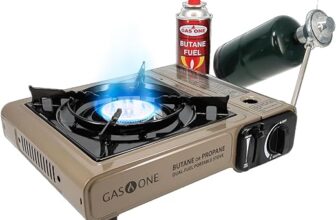
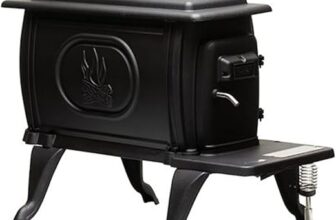


I’ve been camping for years, and this guide is a lifesaver! I used to just throw everything in a big duffel bag, but after following the steps, I realized I could fit so much more in my Osprey Atmos backpack. I actually went on a week-long trip with half the weight because everything was organized and easy to access. Thanks for sharing this!
I tried this packing technique for a recent road trip, and I found it so helpful! But I still had issues making everything fit in my car. Any tips on how to maximize space in a vehicle while camping?
Absolutely! When packing your car, start by placing heavier items like coolers and tents on the bottom and towards the back for stability. Use soft bags for clothing and gear, as they can fill gaps more easily. Lastly, make use of the roof rack for bulky items like sleeping pads or kayaks if you have one. Happy camping!
I usually just use trash bags to separate my gear, but after reading this, I’m thinking about investing in some packing cubes like the Eagle Creek Pack-It System. Have you all tried those? Do they really help?
Totally! Packing cubes are game-changers! They help keep everything organized and make it super easy to find what you need without unpacking everything. Plus, they fit nicely inside your bags, saving space. Check out the Eagle Creek cubes; they come in different sizes for all kinds of gear!
I love the idea of compression sacks! I just got the REI Co-op Flash pack, and I’m wondering if there’s a specific size you recommend for the sleeping bag and clothes? I feel like I might be overpacking.
What about packing for different weather conditions? I usually camp in the summer, but I want to try winter camping. Any tips on how to adapt this packing method for colder climates?
Great question! For winter camping, you’ll want to prioritize insulation and warmth. Consider using a larger compression sack for your sleeping bag, like the Sea to Summit Ultra-Sil, which can handle extreme temperatures. Also, be sure to pack extra layers, including thermal underwear and waterproof gear, in a separate bag for easy access. Stay warm!
I’m curious about the best way to secure everything once it’s packed. Do you have any recommendations for packing straps or anything else that keeps your gear from shifting during transport?
Definitely! I’d recommend using adjustable packing straps, like the Lewis N. Clark Adjustable Packing Straps, which help keep everything tight and secure. You could also use bungee cords for larger items. Just make sure everything is snug to prevent shifting while you’re on the move!